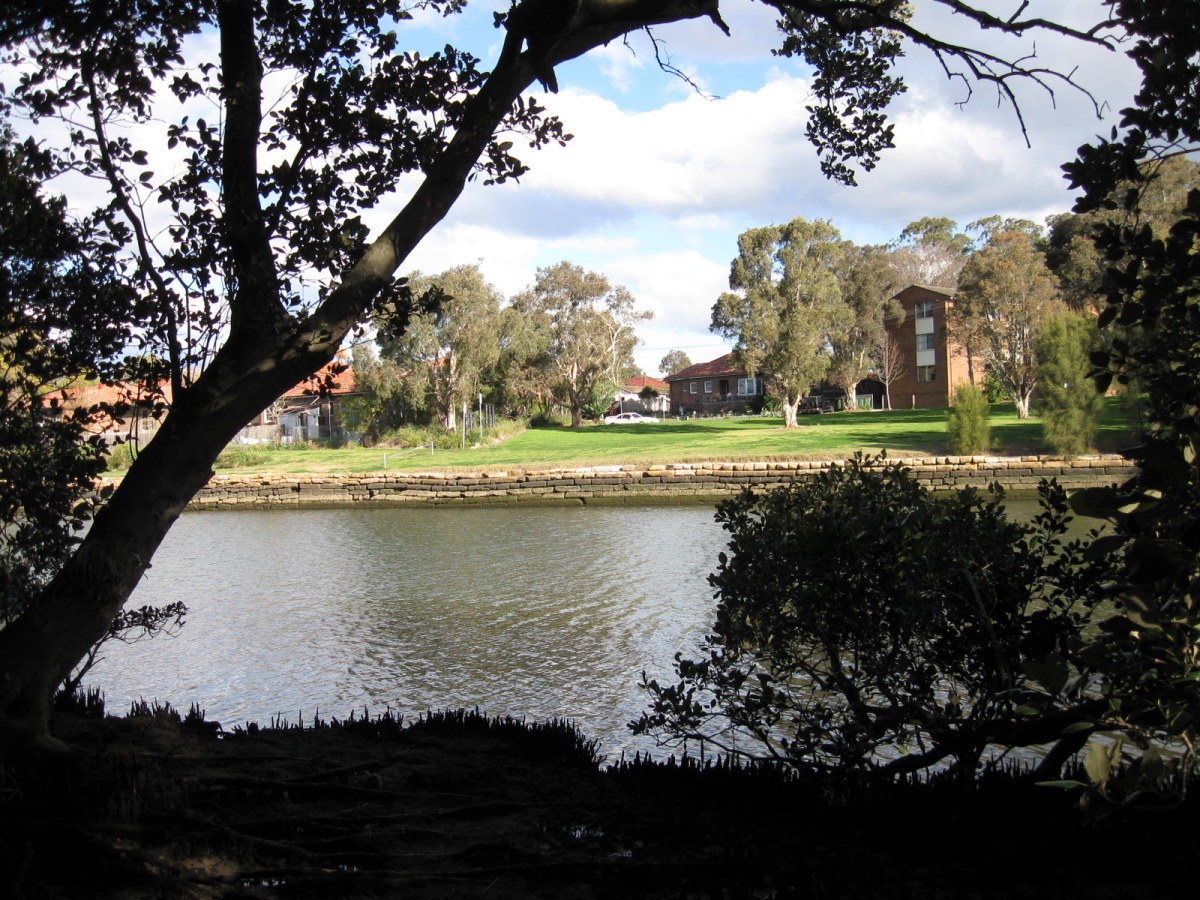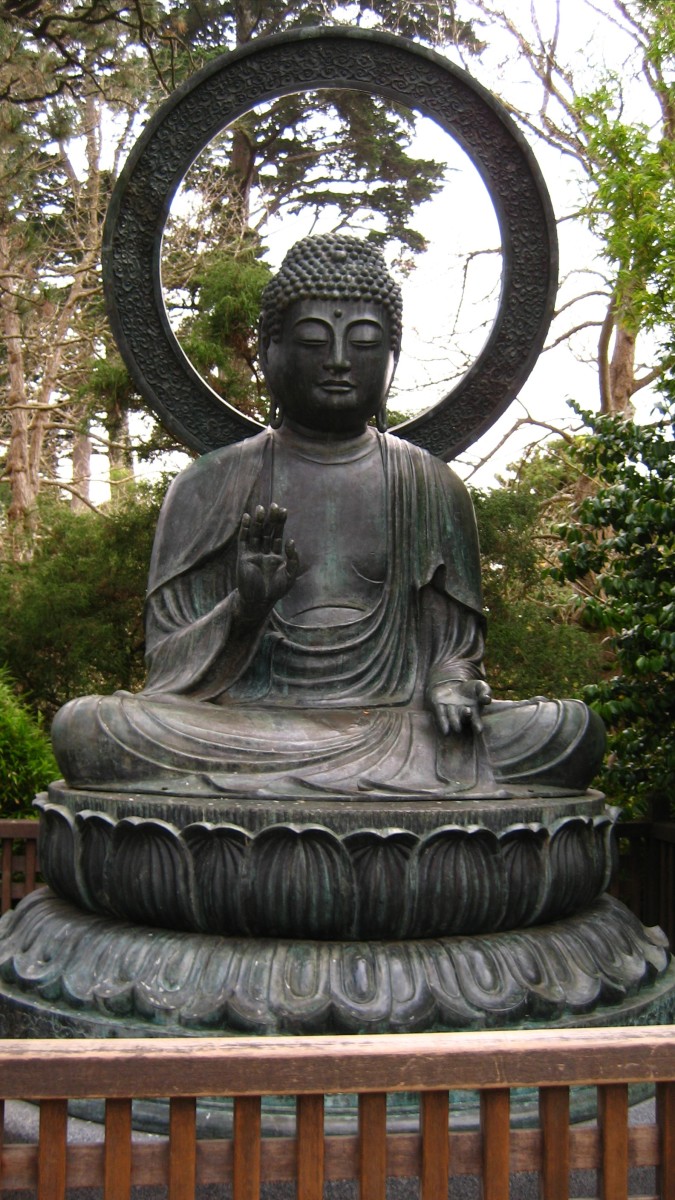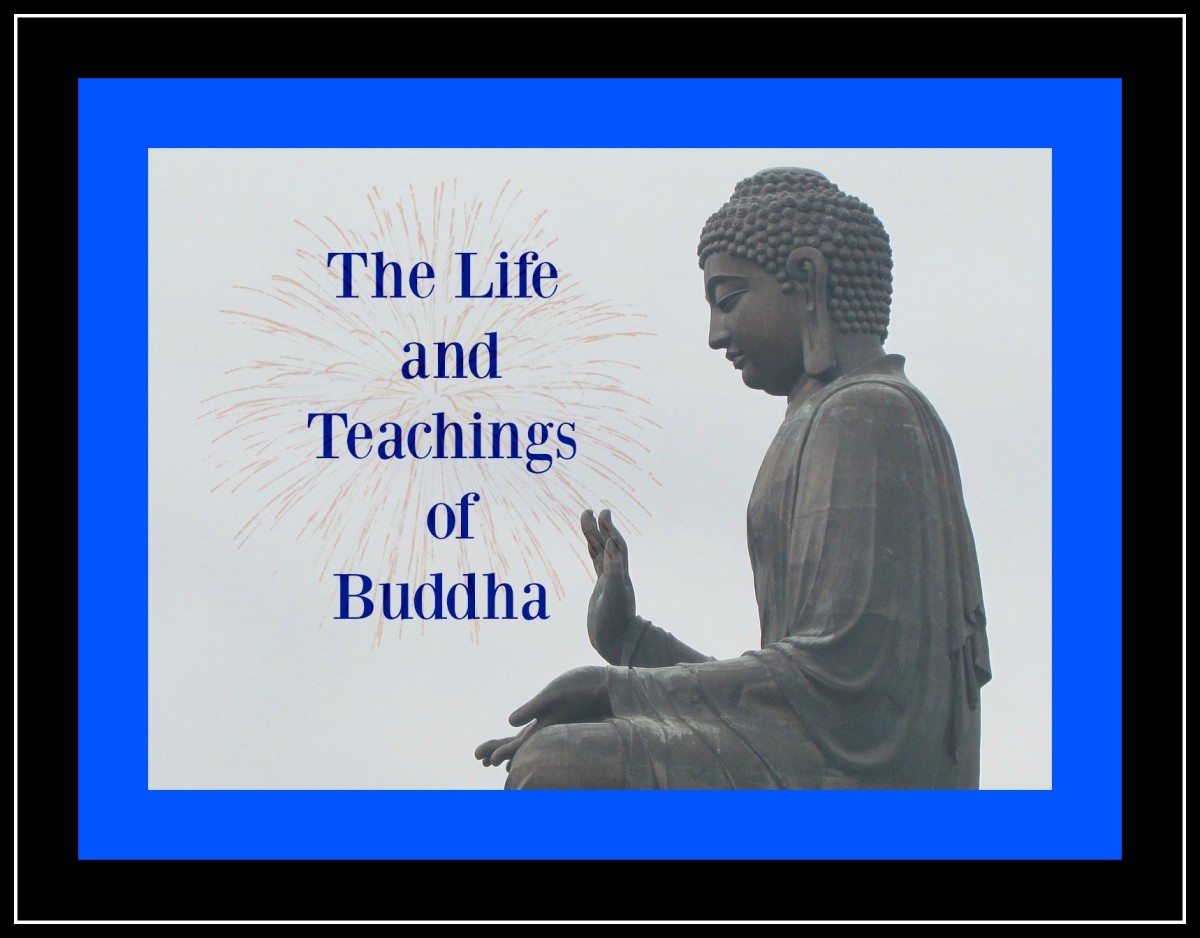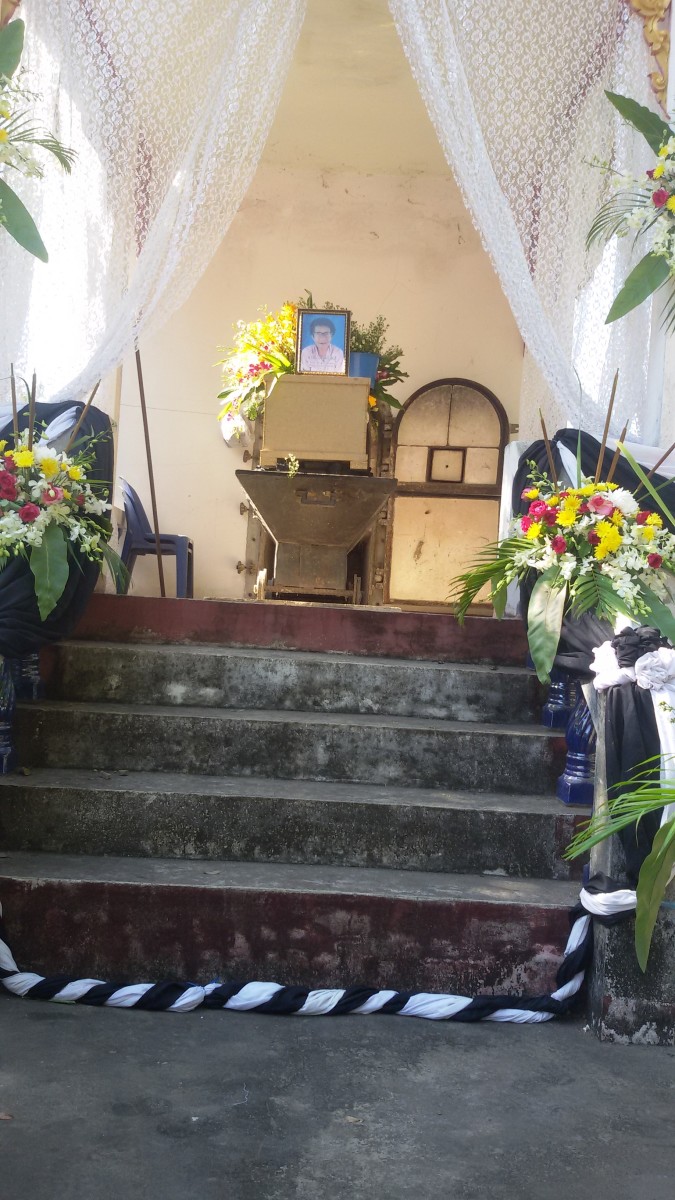Vipassana Meditation Practice
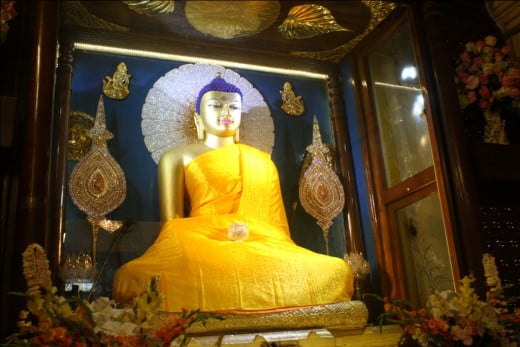
What Is Vipassana Meditation?
The Sanskrit word Vipassana means insight. Vipassana meditation was discovered by the Buddha 2600 years ago. Vipassana has been mentioned in Sutta Pitaka, one of the three ancient books on Buddhism. In Vipassana meditation, you have to focus on breathing and sensation arising in the body for the awareness of ephemeral nature of life and the world. Vipassana is practiced in Theravada School of Buddhism as the medium to have insights into the impermanence nature of things, conditioned mind, and non-self. In Mahayana Buddhism, Vipassana meditation is practiced for insights into emptiness.
According to the Buddha’s teaching, human beings are destined to suffer. The Buddha encouraged people to practice Vipassana to end suffering. Vipassana also means to observe things in their actual state. Vipassana meditation is the path of self transformation and awareness through self realization.
Insight Meditation Movement
Vipassana meditation was lost in the Mahayana tradition but was kept alive in Theravada School of Buddhism. Today Vipassana is getting popular the world over as Insight Meditation Movement, which is also called Vipassana movement. Insight Meditation Movement originated from the traditions in Myanmar, Thailand and Sri Lanka. Sayagyi U Ba Khin is one of the earliest teachers of Vipassana meditation. At present, Vipassana Movement is led by S N Goenka, student of Sayagyi U Ba Khin.
According to a scientific study conducted by Sara W Lazer in 2005, it was found that brains in the men and women who practiced Insight Mediation were thicker in the regions associated with aural and visual sense. The MRI report in these men and women showed increased cortical thickness, which according to the researchers slows aging process.
Vipassana Meditation Courses
Vipassana meditation is not a religious practice, worshipping or ritual of any kind. Even though Vipassana is Buddha’s teaching, it does not generally initiate people into Buddhism. People of all races, cultures and faiths are welcomed in Vipassana meditation. Vipassana is a mental training. For many centuries it was lost to the world but was kept alive in Myanmar. Sayagyi U Ba Khin was the last in the line of classical Vipassana teacher. At present,his disciple S. N. Goenka teaches Vipassana meditation. Vipassana meditation courses are taught in Vipassana Meditation Centers around the world officially following the tradition of Sayagyi U Ba Khin. The beginner Vipassana meditation course is practiced as a ten day residential course in Vipassana Meditation Centers. Different kinds of residential courses have been tailored for the old students. Vipassana meditation courses are free, including food and accommodation, and the meditation centers are run from the donation from Vipassana students.
Vipassana meditation courses have been conducted in prisons in India, United Kingdom, United States, Israel, Thailand, Mongolia, Taiwan, Myanmar, and Mongolia. Psychological effects of Vipassana meditation on inmates brought positive changes and improved quality of their life. It has also been found that Vipassana meditation practice in inmates reduced the rate of relapse into crime.

Vipassana in India
Vipassana is taught in India by S.N Goenka and the teachers appointed by him. S.N Goenka, who leads Insight Meditation Movement, was born and raised in Myanmar. He learned Vipassana meditation from Sayagyi U Ba Khin, the last in the line of classical Vipassana teachers in Myanmar. Goenka returned to his native India in 1969 and began teaching Vipassana. He has established Vipassana Research Institute, more than 50 Vipassana Meditation Centers across India, and over 100 Vipassana meditation centers around the world. His meditation centers offer free residential meditation courses.
Goenka addressed United Nation Peace Summit in 2000.
For details contact:
Dhamma Giri, Igatpuri, Maharashtra, India email: info@giri.dhamma.org.
Vipassana Meditation Courses in Nepal
Dhamma Shringa, Nepal Vipassana Center, Budhanilkantha, Kathmandu, offers two 10 days residential courses every month for the beginners and experienced. The meditation courses begin on 1st and 14th of every month. The meditation center can accommodate 250 students at a time.
For reservation call: 0977-01-4250581, 4225490
Fax: 0977-01-4224720; email: nvc@htp.com.np
Other Vipassana Meditation Centers in Nepal are:
Lumbini Vipassana Center, Lumbini, the Birthplace of the Buddha; email: info@janani.dhamma.org
Dhamma Pokhara, Pokhara; email: robinsnest4nl@yahoo.com
Dhamma Birata, Sunsari; email: info@birata.dhamma.org
Dhamma Tarai, Birjung; email: info@tarai.dhamma.org
Dhamma Shringa, Nepal Vipasaana Center is 12 km north from Kathmandu, capital city of Nepal. It offers free residential Vipasana courses.

Vipassana Meditation Practice
It is highly recommended that you join Vipassana Meditation Course in Vipassana Meditation Center near you. Once you attend Vipassana meditation course, you can practice Vipassana meditation in your home, at your convenience. However, it you are interested in Vipassana meditation practice but cannot join residential course in the meditation center, you can follow the following systematic approach.
Stage One
Choose a silent room and sit crossed leg on the floor in a comfortable position. Relax your body, make it straight. Close your eyes. Place your hand where you feel comfortable, either on knees or on lap.
The first stage of Vipassana meditation is focus on breathing. This is called anapan.
Focus on incoming breath and outgoing breath. You have to be alert and very attentive, however, don’t strain your mind. Breathe naturally and make focus a natural process..
Be aware of the entire length of incoming and outgoing breath. The breath has started coming in and you are aware it started coming in. It has stopped coming in and started moving out, you are aware your breath is moving out. It has stopped moving out, again started coming in.
In this manner, remain fully aware about the entire length of incoming breath, entire length of outgoing breath. Don’t put pressure on your mind or the breathing, just become attentive. Always keep your attention on the limited area, area at the entrance of nostrils, below the nostrils. Be aware of the breath passing through right and left nostrils, feel the breath touching the nostrils. Don’t put pressure on yourself, just become aware about the breath.
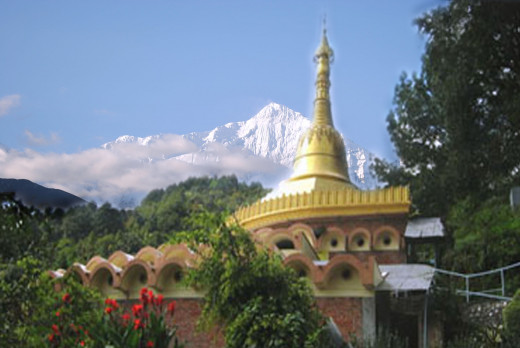
Begin Vipassana meditation with one hour practice twice a day, in the morning and the evening. Focus on your incoming and outgoing breathing. Once your focus becomes strong, go to stage two.
In stage one you develop concentration by fixing your attention on your breathing.
In stage two you practice Vipassana, you become aware about sensation in your body, and constantly contemplate on impermanence. Level one is just a warm up for Vipassana.
Once you train your mind to focus on the sensation arising in your body, you can practice Vipassana anytime, even while working, walking, or sleeping.
Practice Vipassana and become happy!
Vipassana Meditation Practice
Stage Two
Once you begin focusing your mind on breathing, you will develop strong concentration. You can now begin Vipassana meditation practice. Focus on the top of your head, and slowly move down, keep moving down, keep moving down, down to the toes. And then from the toes, move your point of focus to the top of the head. Keep on moving on the both directions. You have to pass your attention through each and every parts of your body, make sure that you don’t neglect any parts. As you move your focus from head to the toes and toes to the head, you will feel different sensations arising inside your body.
Observe each and every sensation as you move from head to feet, feet to head. Don’t be attached or detached to these sensations, don’t give any value to the sensations, don’t like any sensation, don’t dislike any sensation. There should be no cravings for pleasant sensation and no aversions for unpleasant sensations. You have to understand that sensations whatever they maybe, they have the characteristics of arising, passing away, arising passing away.
Don’t cling to sensations, don’t be averse to sensations. Sensations arise because of contact of mind and matter; all these are impermanent, ephemeral, impermanent, ephemeral, arising, passing away, arising, passing away. This is the law of impermanence, become aware about this reality. You have to come out of aversions, you have to come out of cravings.
You have to understand, the unpleasant sensation is not eternal, not going to last forever. It arises, stays for some time, and sooner or later bound to pass away. Pleasant sensation is also ephemeral, they will pass away. Become aware about this reality, about this impermanence.
At a time, it is also possible that very subtle vibration may flow throughout the body or in certain parts of the body. Whenever you come across such experience, make sure that you don’t start generating cravings for such sensations. Don’t cling to those sensations. Otherwise you will miss the path of Vipassana. Don’t follow your old habit of cravings. If you crave for pleasant sensations during the Vipassana meditation practice, you will not be able to come out of misery. Therefore maintain equanimity. Free from cravings, free from aversions. The purpose of Vipassna practice is to break the habit pattern of generating cravings and aversions, come out of cravings and aversions.
If you begin hating unpleasant sensations, you begin to crave the pleasant sensations. Don’t crave for pleasant sensations. Always hating the unpleasant sensations and always craving for pleasant sensations is your old habit pattern, break this habit pattern. Keep working intelligently, patiently, persistently, you will certainly come out of suffering, your bondage.
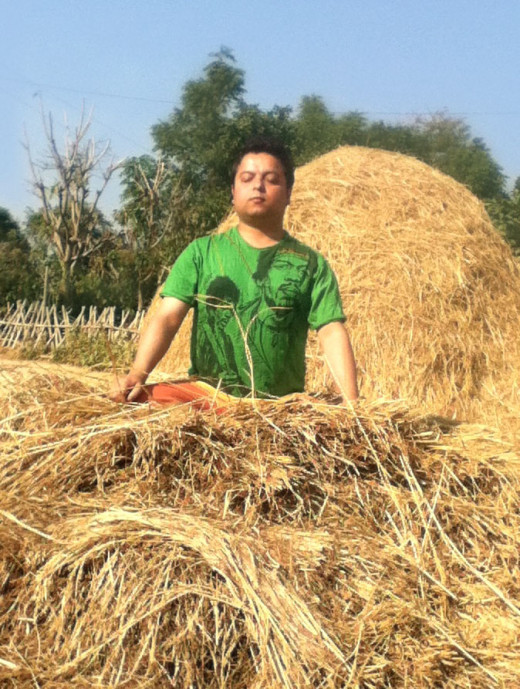
Vipassana Meditation Courses in Asia
Cambodia
Dhamma Latthika, Phnom Sampeau, Battambang, Cambodia; email: ivcc@forum.org.kh
Indonesia
Dhamma Java, Cisarua-Bogor, Indonesia; email: info@java.dhamma.org
Iran
Dhamma Iran, Teheran; email: info@ir.dhamma.org
Japan
Dhamma Bhanu, Japan Meditation Center, Kyoto, Japan; email: info@bhanu.dhamma.org
Malaysia
Dhamma Malaya, Malaysia Vipassana Center, Pahang, Malaysia; email: info@my.dhamma.org
Mongolia
Dhamma Mahana, Vipassana Centre Trust of Mongolia, Soyolyn Tov Orgoo, Mongolia; email: info@mongolia.dhamma.org
Myanmar
Dhamma Joti, Vipassana Centre Yangon, Myanmar; email: dhammajoti@mptmail.net.mm
Sri Lanka
Dhamma Kuta, Vipassana Meditation Center, Hindagala, Peradeniya, Sri Lanka; email: dhamma@sltnet.lk
Taiwan
Dhammodaya, Taichung, Taiwan; email: tvc@tpts6.seed.net.tw
Thailand
Dhamma Kamala,Thailand Vipassana Center, Maung District, Thailand; email: info@kamala.dhamma.org
Dhamma Dhani, Bangkok,Thailand; email: vipthai@hotmail.com
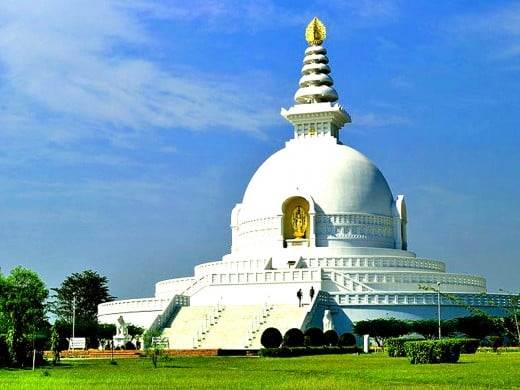
Australia
Dhamma Bhumi, Blackheath, NSW 2785, Australia; email: info@bhumi.dhamma.org
Dhamma Rasmi, Queensland, Australia; email: info@rasmi.dhamma.org
Dhamma Pabha, Tasmania; email: info@pabha.dhamma.org
Dhamma Aloka, Woori Yallock, VIC 3139, Australia; email info@aloka.dhamma.org
Dhamma Niketana, 10 Blackman Avenue, Northfield 5085, South Australia; email: info@sa.au.dhamma.org
Dhamma Padipa, Vipassana Foundation of WA, 175 Railway Road, Subiaco WA 6008, Australia info@padipa.dhamma.org
New Zealand
Dhamma Medini, 153 Burnside Road, RD3 Kaukapakapa, Rodney District, New Zealand; email: info@medini.dhamma.org
Vipassana Meditation Courses in the United States of America
Dhamma Dhara, VMC, 386 Colrain-Shelburne Road, Shelburne MA 01370-9672, USA; email: info@dhara.dhamma.org
Dhamma Kunja, Northwest Vipassana Center, 445 Gore Rd, Onalaska, WA 98570, USA; email: info@kunja.dhamma.org
Dhamma Mahavana, California Vipassana Center, North Fork, California; email: info@mahavana.dhamma.org
Dhamma Siri, Southwest Vipassana Center, 10850 County Road 155 A Kaufman, TX 75142, USA, email: info@siri.dhamma.org
Dhamma Manda, Northern California Vipassana Association, Santa Rosa, CA 95407; email: info@manda.dhamma.org
Dhamma Pakasa, Illinois Vipassana Center, 10076 Fish Hatchery Road, Peacatobica, IL 61063; info@pakasa.dhamma.org
Dhamma Vaddhana, Southern California Vipassana Center, Joshua Tree, CA 92252, USA; email: info@vaddhana.dhamma.org
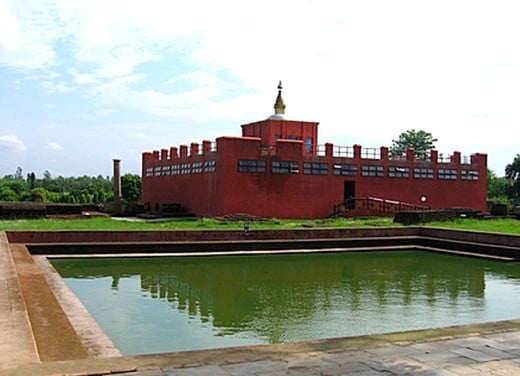
Canada
Dhamma Surabhi, Vipassana Meditation Centre, Merritt, BC V1K 1B8, Canada; email: info@surabhi.dhamma.org
Dhamma Suttama, Vipassana Center, C.P. 1055, Sutton, QC J0E 2K0, Canada; email: info@suttama.dhamma.org
Dhamma Torana, Ontario Vipassana Center, Ontario, Canada; email: info@torana.dhamma.org
South Africa
Dhamma Pataka,Worcester 6849, South Africa; email: info@pataka.dhamma.org
Vipassana Meditation Courses in Europe
United Kingdom
Dhamma Dipa, Harewood End, Herefordshire, HR2 8JS, England, UK; email: info@dipa.dhamma.org
Germany
Dhamma Dvara, Vipassana Zentrum, Alte Strasse 6, 08606 Triebel, Germany; email: info@dvara.dhamma.org
France
Dhamma Mahi, France Vipassana Center, Le Bois Plante, Louesme, F-89350, Champignelles, France; email: info@mahi.dhamma.org
Italy
Dhamma Atala, Centro Vipasssana, localita Orezzi di Obolo 29025, Gropparello, Piacenza, Italy; email: info@atala.dhamma.org
Switzerland
Dhamma Sumeru, Centre Vipassana, No. 140, Ch-2610 Mont-Soleil, Switzerland; email: info@sumeru.dhamma.org
Spain
Dhamma Neru, Centro de Vipassana, Barcelona, Spain; email: info@neru.dhamma.org
Belgium
Dhamma pajjota, Vipassana Centrum, Driepaal 3, 3650 Dilsen-Stokkem, Belgium; email: info@pajjota.dhamma.org
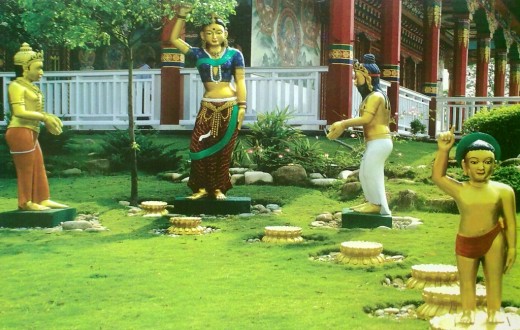
Vipassana Meditation Courses in South America
Brazil
Dhamma Santi, Centro de Meditacao Vipassana, Miguel Pereira, Brazil; email: info@santi.dhamma.org
Mexico
Dhamma Makaranda, Centro de Meditacion Vipassana, Valle de Bravo, Mexico; email: info@makaranda.dhamma.org
Venezuela
Dhamma Venuvana, Centro de Meditacion Vipassana, Caracas, Venezuela; email info@venuvana.dhamma.org
Argentina
Dharma Sukhada, Buenos Aires, Argentinia; email: info@ar.dhamma.org
Chile
Dhamma Acala, Laguna Verde, Chile; email: info@cl.dhamma.org
© 2013 Vinaya Ghimire


